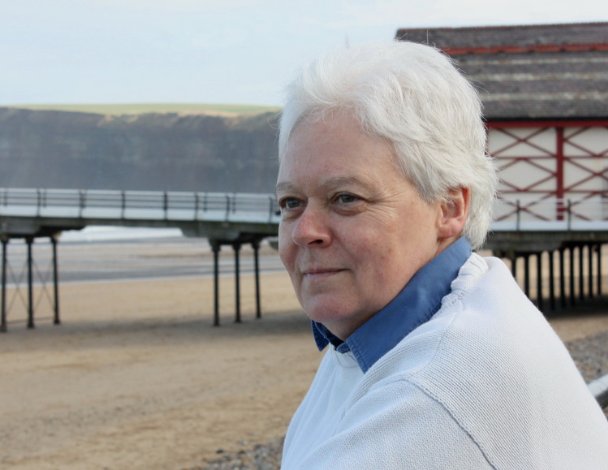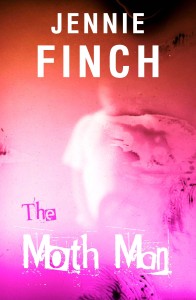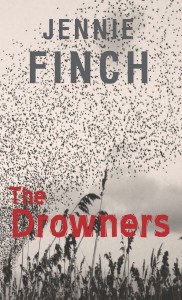The last month has been busy (when has it not) with medical appointments, dealing with lingering storm damage and all the daily tasks that lead to a comfortable life. It still feels a bit strange and new sometimes though we are settling in to things more at last. We are very aware that Ireland is truly a different country, not just “England with a funny accent” and often when we drive around it is if we are seeing the world through different eyes. Familiarity may not necessarily breed contempt but it doesn’t always breed attention. Looking from the outside, many things Irish people may not notice are objects of interest to us still.
One of the really nice things about Ireland was the absence of litter, something we noticed when we first arrived. There was – probably still is – a big litter problem in the UK. I once got into a shouting match with a visitor who was parked up on the promenade to eat his supper. As I walked past with the dogs he opened the car window and shoved the wrappings, plastic fork and remaining chips out onto the road. Struggling to keep the dogs from gobbling the batter I picked up the rubbish and pushed it back inside. He was not happy. I had two Tibetan Terriers with me, medium to large dogs, so he hesitated and shouted at me without getting out of the car. The dogs did much of the shouting back and he drove off, calling me several rather rude names. I’m still proud of that.
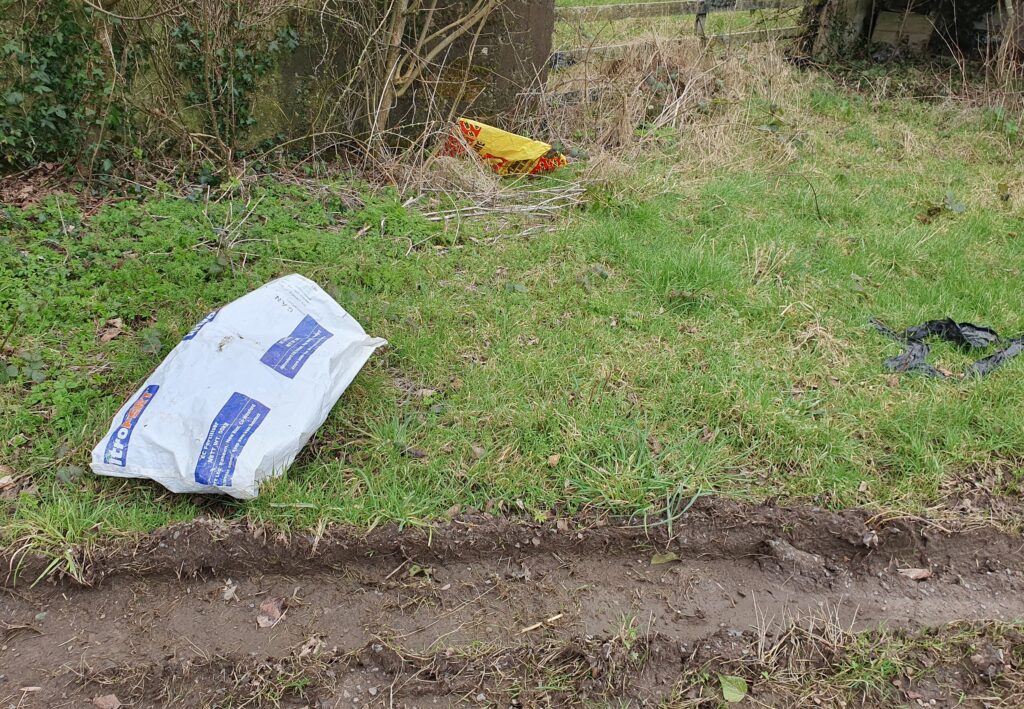

Ireland has a lot less litter, though it is beginning to get worse. Around our home we are surrounded by farm land and virtually all the litter and debris comes from farming. We are still relatively unfamiliar with the landscape and looking with our different eyes we see how messy things are starting to get. The worst type of litter is plastic. This can be abandoned feed or fertilizer sacks that blow across the fields and often end up on our property. The road up to the top field and hay storage is narrow and now covered in thick mud again. The wagons carrying the bales often catch on the sides leaving torn ribbons of dirty black plastic behind. On several occasions they have left a whole bale behind on the road, bursting and scattering across the area. We clear up around our margins regularly even though we still have no bin collection. Still, the straw can come in handy.
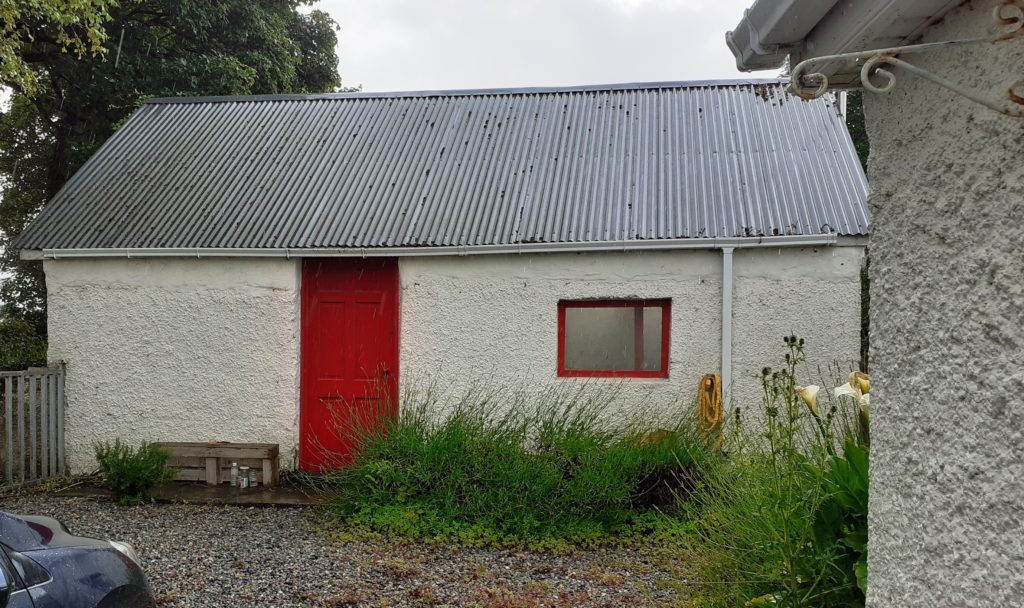
I’ve been writing again and a new book is now almost 75% finished. I’ve set it in Ireland for the first time and so have done some heavy research. A lot of it is based on things we see travelling around, looking with our different eyes. Why, we wondered, are almost all the cottage doors painted red? Even the door to the Majestic is red, like most sheds. Well there are a lot of reasons, some more fanciful than others. It is said the colour keeps away the fairies who are a more malevolent lot than those in the UK. More Brothers Grimm than Hans Christian Anderson I think. One story is that Queen Victoria once ordered all doors to be painted black. In a suitably defiant mood the Irish painted them all red instead. I like that idea though it is hard to know what might be the truth.
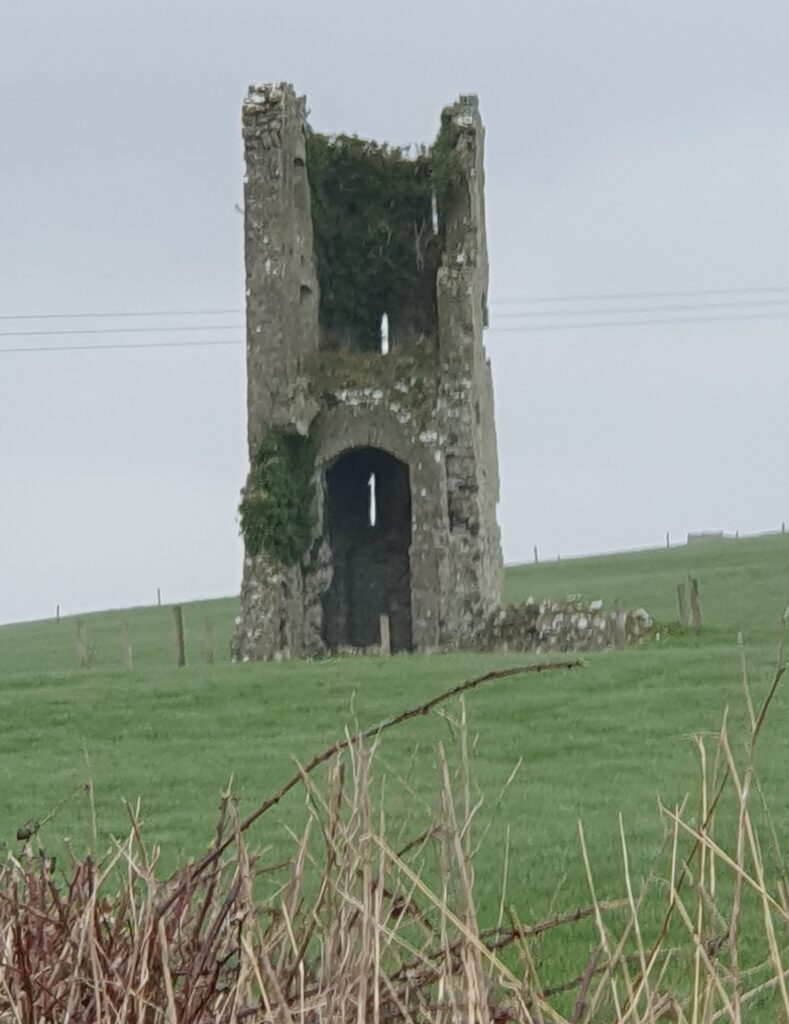
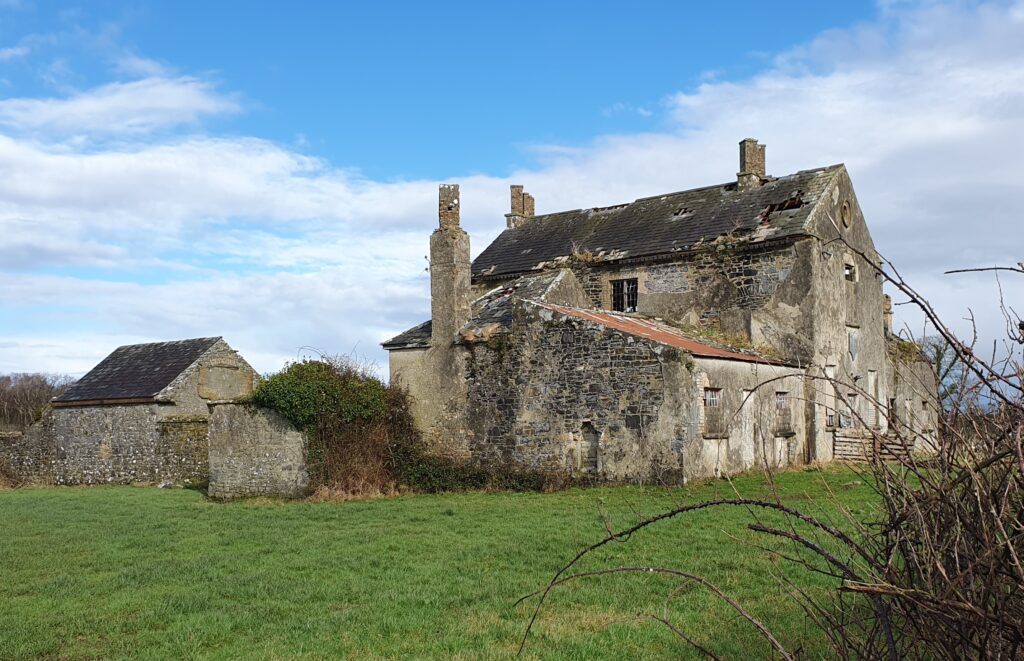
Another thing we have noticed is the total lack of abandoned structures from the last war. England in particular is littered with old fortifications and Pill Boxes. In Ireland there are several thousand stone Tower Houses, much older than the WWII fortifications. Some were part of larger castles, some stood alone. Generally they had one room on each floor and could be defended by a small garrison – or determined household. Most of them are crumbling away and the stones have been taken to build and repair other structures. They are now mapped and labelled preserved buildings which offers some protection but actually makes any restoration very difficult and expensive. Surrounding by prohibitive planning rules (you can’t even paint the inside walls without a report) some lovely buildings are left to rot. We often point out derelict or abandoned houses and cottages (“There’s a fixer-upper”) as we roll down the road but a lot of them are “preserved” and no one will touch them. A perfect example is the lovely Kyle Park National Agricultural School. Built in 1843, it operated until 1875 when staff shortages forced its closure. Now it sits, unloved and forlorn, with such potential but a dismal future.
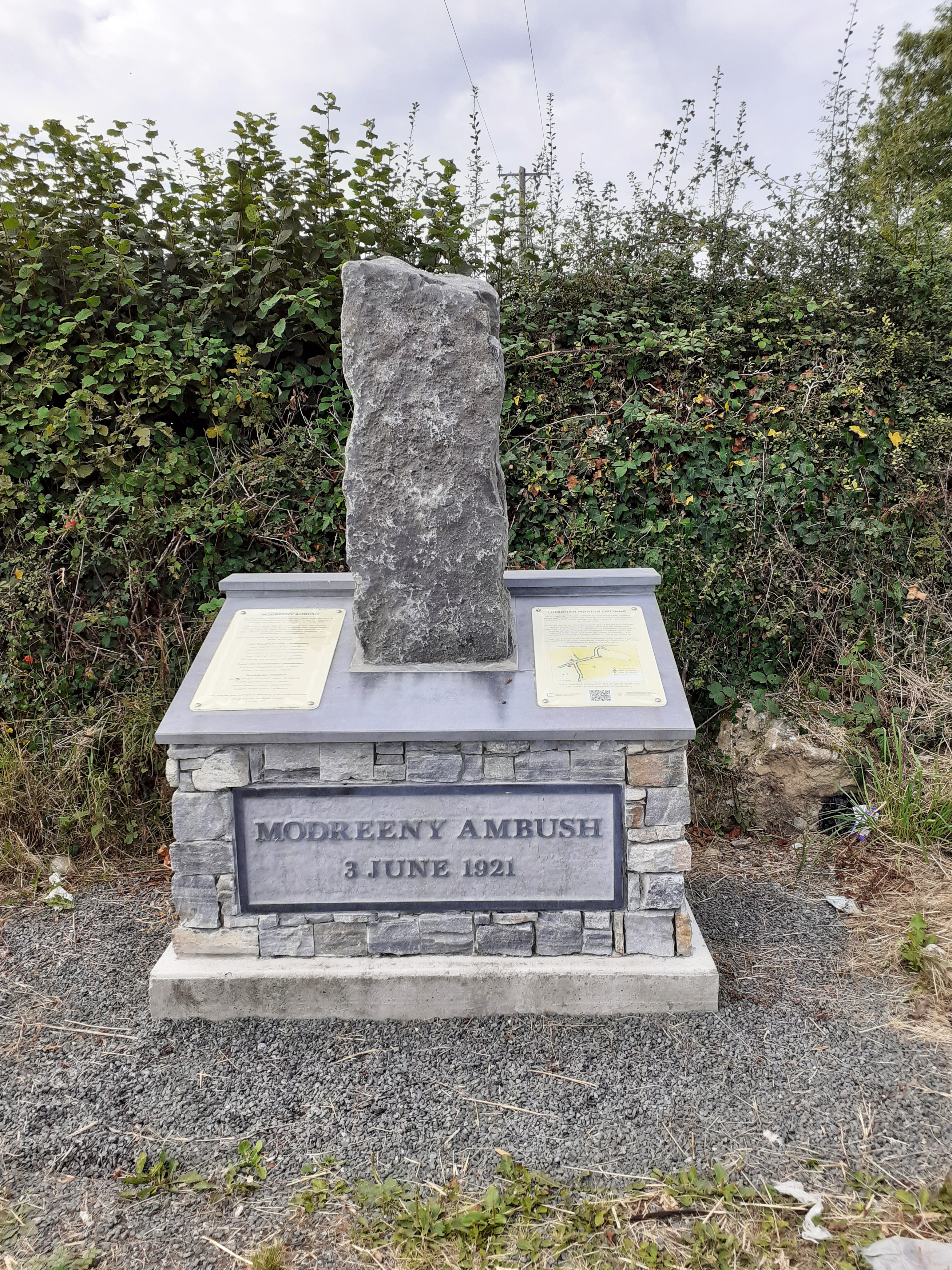
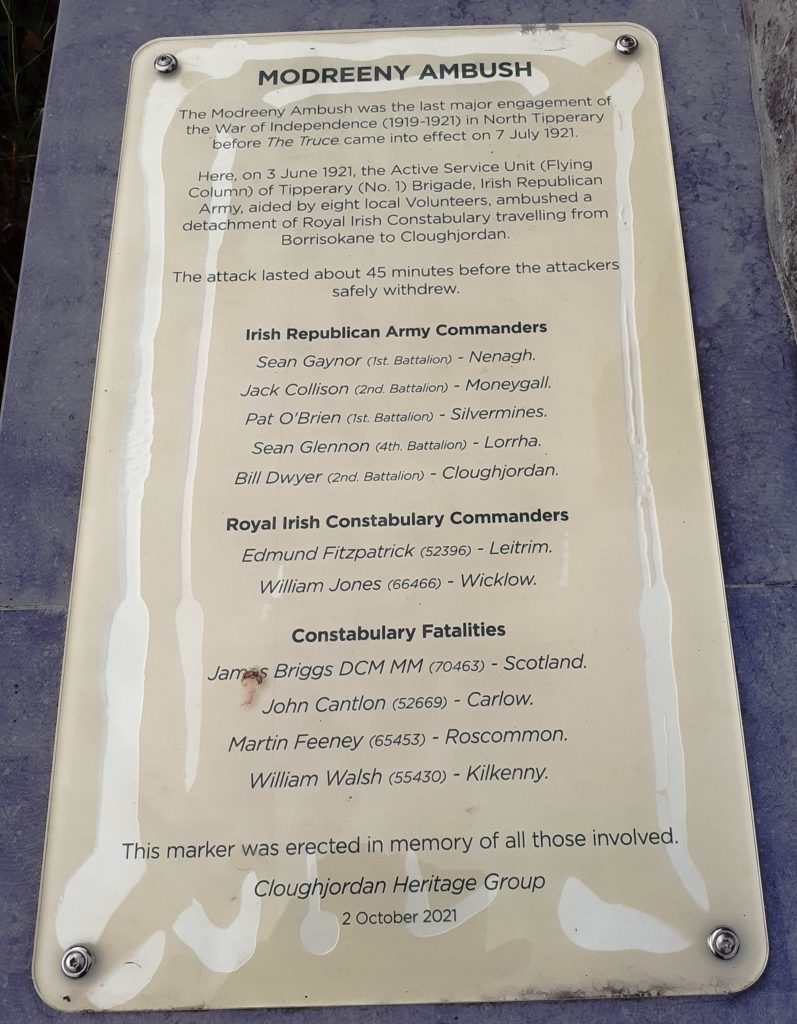
Another thing we noticed is the lack of war memorials, a feature so prevalent in Britain. There are memorials but they are overwhelmingly for incidents and ambushes during the fight for independence. In the UK the memorials stand in villages and towns far from the graves of the lost soldiers. In Ireland they tend to be placed at the site of the incident. They don’t have as many names as most UK memorials but many do list those killed on both sides, with equal respect. One fine example is the Modreeny monument, set at the side of the road near Cloughjordan, which was erected by the local historical society.
As we continue to look around our new home we still find new things to admire and occasionally puzzle over. When we first moved in to our permanent home the lovely Patrick from the cottages at Puckane came for a visit. We walked through the wood (then totally overgrown) and pointed out the tiny frogs and newts travelling through the grass and some of the insects. He shook his head and smiled saying “Who would have thought two ladies from across the water could show me new things here in Ireland”. That’s the power of different eyes and long may it last.
For those wondering about the MRI results, I’ve read the report and deciphered some of the medical terms. It doesn’t look brilliant to be honest but I’m hoping to see my doctor this week and we will plan a way forward. I promise to keep you posted.
Thank you for reading and I hope to see you again in two weeks.
Jennie.
